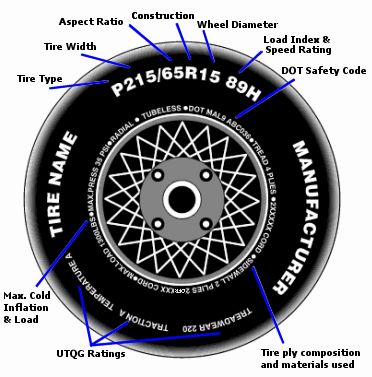The side of your tire, or the tire sidewall, has nearly everything you need to know about your tire. The information can be a little overwhelming at first, but it’s easy to understand if you break it into small pieces. Here’s a quick introduction to your tire sidewall.
Let’s start with an easy one. Looking at the diagram above, the first thing you’ll probably notice is your tire brand and model: Cooper® Cobra Radial G/T™.
Right underneath the brand and model names, you’ll see P225 60R 16 86T. This is a code that gives you a quick snapshot of your tire. It tells you:
To the left of the tire size code, you'll see DOT MA L9 ABCD 0309. It's your DOT Tire Identification Number, and it tells you essential safety and manufacturing information. DOT stands for the U.S. Department of Transportation, and these first three letters state that the tire meets their Federal Motor Vehicle Safety Standards (FMVSS). The remaining combination of letters and numbers are your TIN. These are codes state where the tire was made, tire size, week and year it was made. For more info, check out our DOT Numbers article.
To the left of the DOT Tire Identification Number, you'll see two more pieces of information. First, the tire's max carrying load capacity tells you the maximum weight your tire can handle. Second, the max cold inflation level indicates your tire's maximum inflation pressure in psi. However, we always advise that you follow the tire inflation pressure indicated in the vehicle owner’s manual or the placard on the driver’s side door jamb.
To the right of the tire size sequence, you’ll find information regarding the material used to build the interior of your tire. Essentially, the inside of a tire is made of different fabrics or plies, as well as steel belts. The number of plies in the tread and sidewall areas are an indication of the tire’s strength.
Essentially, the inside of a tire is made of different fabrics or plies, as well as steel belts. The number of plies in the tread and sidewall areas are an indication of the tire’s strength.
To the right of the plies and fabric info, you’ll see the tire’s UTQG rating. Created by the U.S. Department of Transportation, the UTQG rating is made up of a three-digit number and two letter groups. The UTQG compares the tire against a government standard test tire to determine these grades.
Tucked underneath the 116Q in the tire size sequence is the word "Tubeless." The tire must be marked either “tubeless” (tire does not use an inner tube) or “tube type” (tire requires an inner tube).
AutoInc.,
A Decrease font size. A Reset font size. A Increase font size.
Andrea Berryman
 This sticker provides the correct inflation pressure for the vehicle’s tires.
This sticker provides the correct inflation pressure for the vehicle’s tires. Inflation pressure enables tires to support the load of the vehicle. Therefore, proper inflation is critical. The right amount of inflation pressure helps the vehicle and the tires achieve their optimum performance, last longer and even helps reduce fuel costs.
Note: tires heat up from driving, so do not check tire pressure immediately after a trip, no matter how brief. Wait a few hours until the tires have cooled.
M+S RATEDThe letters “M” and “S” indicate the tire is intended for limited mud and snow service. This mark may be found in several formats that may include: “MS,” “M/S,” “M&S,” or “M+S.”
MOUNTAIN SNOWFLAKE SYMBOLThe snowflake symbol inside a mountain range indicates how a tire will perform in the snow. If your customers drive in snow frequently, checking the tire’s sidewall to see if this symbol is present is very important. The three-peak mountain snowflake, or 3PMS, indicates that the tires were designed specifically for severe snow and can handle those conditions.
The three-peak mountain snowflake, or 3PMS, indicates that the tires were designed specifically for severe snow and can handle those conditions.
The load index is a numerical code (104/101 in the example image below) associated with the maximum load a single tire can carry at the speed indicated by its speed symbol (see below) under specified service conditions. The load index is a code ranging generally ranging from 50-129 that represents the maximum load carrying capacity for a single tire. In the example below, single and dual application load indices are listed.
The maximum weight (load carrying capacity) is also stamped on the lower sidewall of the tire. A driver should never exceed the maximum limits on the tire or the rim/wheel. Driving on an overloaded tire is hazardous. When a car is carrying too much, the weight can create excessive heat in the tire, which can cause sudden tire failure.
SPEED SYMBOLThe speed symbol is a letter that indicates the speed category at which the tire can carry a load corresponding to its load index under specified service conditions. Speed ratings are based on laboratory tests that relate to performance on the road, but are not applicable if tires are underinflated, overloaded, worn out, damaged, or altered. In the example, the speed symbol “T” in the service description means a speed category of 118 miles per hour (or 190 km/h).
Speed ratings are based on laboratory tests that relate to performance on the road, but are not applicable if tires are underinflated, overloaded, worn out, damaged, or altered. In the example, the speed symbol “T” in the service description means a speed category of 118 miles per hour (or 190 km/h).
Excessive speed is not only unlawful but may also cause injury. Although a tire may be speed rated, Cooper does not endorse the operation of any vehicle in an unsafe or unlawful manner.
The most common speed ratings on passenger car and pickup truck tires are:
Q ….99 mph / 160km/h R …106 mph / 170km/h
S …112 mph / 180km/h T…118 mph / 190km/h
H …130 mph / 210km/h V…149 mph / 240km/h
W…168 mph / 270km/h Y …186 mph / 300km/h
Z …149+ mph / 240+km/h
RADIALRadial is the most popular type of tire and denotes a particular design in which the ply cords are arranged at 90 degrees to the direction of travel.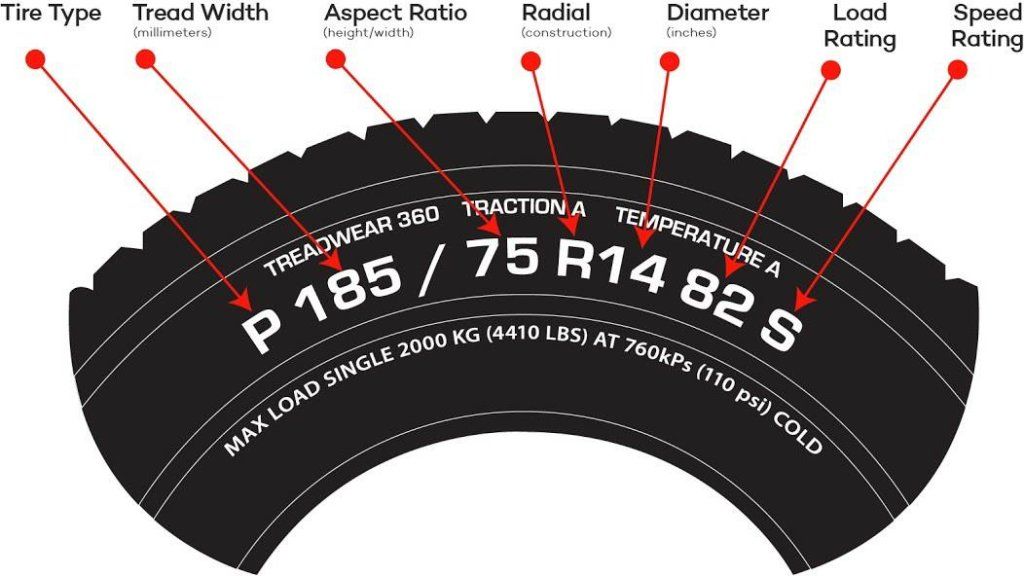 Radial tires provide reliability, comfort, protection, stability, durability and maneuverability for drivers. A tire with radial construction will have the word “RADIAL” on the sidewall.
Radial tires provide reliability, comfort, protection, stability, durability and maneuverability for drivers. A tire with radial construction will have the word “RADIAL” on the sidewall.
A radial tire is also delineated by the character “R” in the size designation.
DOT TIRE IDENTIFICATION NUMBERThe “DOT” symbol certifies the tire manufacturer’s compliance with U.S. Department of Transportation (U.S. DOT) tire safety performance standards. Next to these letters is the tire identification number (TIN), also known as the tire “serial” number.
Think of a tire’s identification number as its “birthday.” The first two digits are the factory code indicating where the tire was made. The last four digits identify the week and year of manufacture (Example: “0309” means third week of the year 2009), so drivers can know exactly when their tires were manufactured. Other characters in between the first four and last four characters are optional manufacturer’s codes for tire type, make, etc. All tires produced after September 2009 must have the full TIN on the intended outboard side of the tire and at least a partial TIN on the intended inboard side. The partial TIN does not include the date code.
All tires produced after September 2009 must have the full TIN on the intended outboard side of the tire and at least a partial TIN on the intended inboard side. The partial TIN does not include the date code.
It is important to know the DOT tire identification number in the event a driver needs to verify safety certifications or in the event of a manufacturer’s recall.
ADDITIONAL OPTIONAL SUFFIX LETTERSFor more information on tire sidewalls as well as other important tire information, visit the Cooper Tire website here, and also see the Care and Service of Passenger and Light Truck Tires document on the U. S. Tire Manufacturers Association website.
S. Tire Manufacturers Association website.
Andrea Berryman / Director – Product ManagementAndrea Berryman is the Director – Product Management for Cooper Tire & Rubber Company. In her role, Andrea leads the North America product development team to drive forward Cooper’s long term product strategy. Andrea’s efforts focus on Cooper brand products as well as Mastercraft, Starfire and private label brands.
Andrea joined Cooper in April 2017 as Product Manager – SUV. In January 2020, she was promoted to the role of Director – Product Management. Prior to joining Cooper, Andrea worked for the Dana Corporation where she was a Program Manager for commercial vehicles. Earlier in her career, she spent 24 years at Goodyear Tire & Rubber Company working in a variety of engineering and product marketing roles.
She holds a Bachelor of Science degree in chemical engineering from Purdue University and an MBA from the University of Kansas.
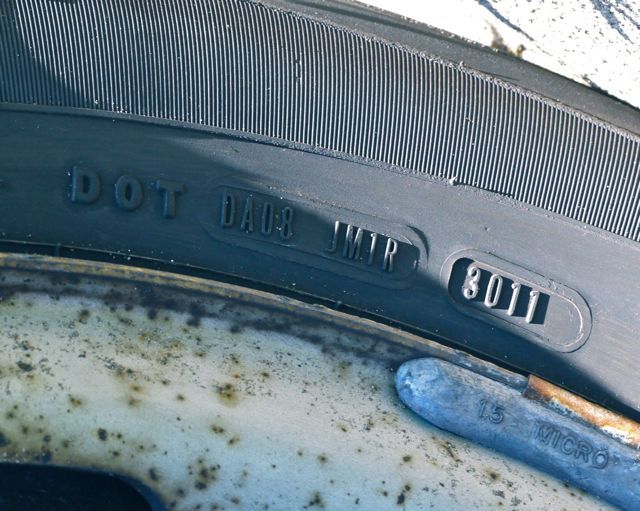
It is not difficult to find out the year of manufacture of a tire. One careful look at the sidewall of the tire is enough to get the necessary information.
The year of manufacture of the tire is indicated next to other indicators in an oval frame. The whole series of these designations is called the Tire Identification Number. It carries information about the year of production, the batch of product with which this tire was released.
Contents
Starting from 2000, a four-digit number is indicated in the oval, which is the year of manufacture.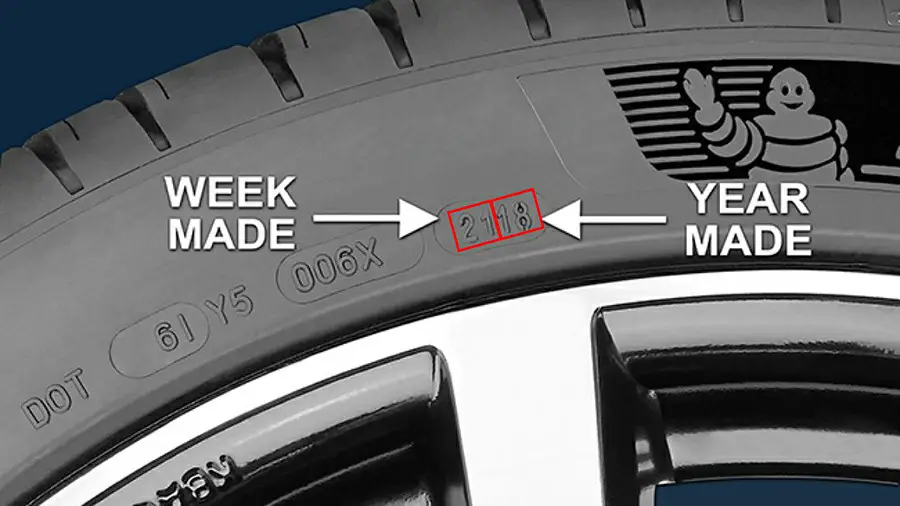 The first two digits are the week number of the year, and the second two numbers are the year of issue itself. For example, if the sidewall of the wheel says - 2415, then this is the 24th week of 2015. If we are talking about tires manufactured before 2000, you need to act differently. The identification number of a tire produced before 2000 is calculated that it will not be used for more than ten years. That is why all information is encrypted differently. The last three digits of the number are the production date. The last digit is the date of the current decade. The penultimate 2 digits are the week number. And if we have a number - 258, then - the 25th week, the 8th year.
The first two digits are the week number of the year, and the second two numbers are the year of issue itself. For example, if the sidewall of the wheel says - 2415, then this is the 24th week of 2015. If we are talking about tires manufactured before 2000, you need to act differently. The identification number of a tire produced before 2000 is calculated that it will not be used for more than ten years. That is why all information is encrypted differently. The last three digits of the number are the production date. The last digit is the date of the current decade. The penultimate 2 digits are the week number. And if we have a number - 258, then - the 25th week, the 8th year.
Yes! Everything has its own expiration date and use. Tires are far from an exception. 3 years is the standard for absolutely all tires of any kind. For its storage, special conditions are necessary, since the rubber compound, over time, may lose its properties. Loss of elasticity gives cracks throughout the wheel, from which riding on such a tire becomes unsafe. Even if the tires were stored in compliance with absolutely all standards, but for a period of more than three years, this does not give a reason not to check it for integrity. In order to protect yourself and others, you must check the date of manufacture of the tire before purchasing it.
Loss of elasticity gives cracks throughout the wheel, from which riding on such a tire becomes unsafe. Even if the tires were stored in compliance with absolutely all standards, but for a period of more than three years, this does not give a reason not to check it for integrity. In order to protect yourself and others, you must check the date of manufacture of the tire before purchasing it.
Unfortunately, the sellers go to any tricks to sell their goods, and even assure that this is absolutely not the right indicator.
Not uncommon, in the markets you can find a product from past seasons. Such tires are bought in bulk for resale in other markets marked - "New". And everything would be fine, but such methods of sales lead to many factors that adversely affect the quality of the product. The problems are - the storage conditions of tires and their transportation from the place of their sale to the resale markets.
Everyone must find out for himself when exactly it is time to change it.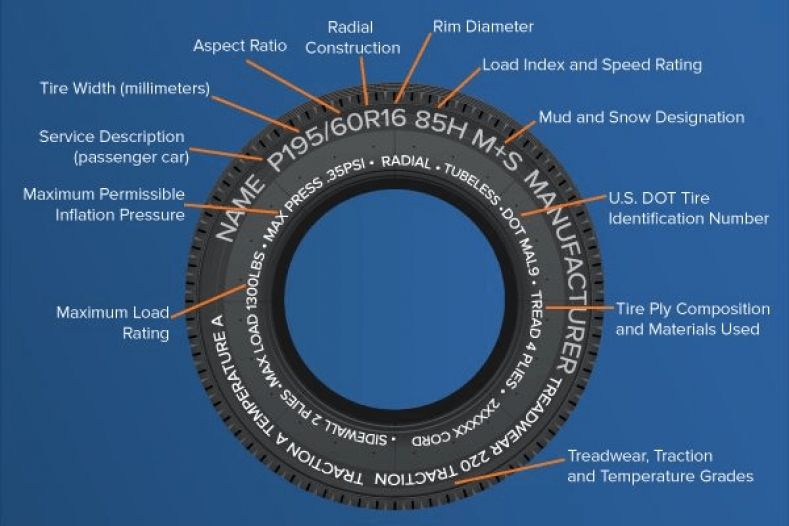 We must not forget that a tire is a mixture of various chemical elements, which can be influenced by factors of various types. From driving speed and driving style to climate. Loads can be completely different, so their time can vary and it is impossible to predict it.
We must not forget that a tire is a mixture of various chemical elements, which can be influenced by factors of various types. From driving speed and driving style to climate. Loads can be completely different, so their time can vary and it is impossible to predict it.
It is necessary to regularly inspect the wheels, both on your own and use the help of specialists in tire centers or seek help directly from the supplier, who will be able to point out exactly the faults, if any. This rule applies to passenger car tires, as well as to trucks and public ones. Don't forget about the spare too.
After 5 years of operation, tire diagnostics should be carried out at least once a year.
It is very important to pay attention to any changes in the car such as:
Professional diagnostics will help you decide on the condition of the tires, whether they should be repaired or replaced altogether.

You can absolutely say for sure - It is impossible to predict the end of the operational life of a tire only with the help of a calendar, since they do not have an exact expiration date. But the fact remains unchanged that the older the tire, the more it becomes unusable, defects appear, changes that affect its condition.
If there are doubts about the quality of the tire after a certain period of use, the best solution is to replace the entire set together with the spare wheel. On the last, you should pay as much attention as possible. Due to long-term uselessness, and not always proper storage, it may become cracked, which is the first sign
Pay attention to the tire manufacturer. Big companies spend a lot of effort doing a lot of research on tire wear and life. A company like Bridgestone owns a large number of research and scientific centers around the world.
If we are talking about buying a used product, then you should pay attention to the wear of the protectors and appearance. Check for cracks.
Check for cracks.
Well, the last point - Check the tire for signs of repair, scuffs and bumps at the base of the rim. So you can check how it was used before you and how it was stored in warehouses.
Don't know how old your tires are and don't know where to find the date of manufacture of tires? Don't worry - this is a common problem. We can show you the date of manufacture of a tire and teach you how to quickly find out the date of manufacture of your tires.
Contents
If you look closely at each of your tires, you'll see a bunch of letters and numbers. While this may just look like confusion, it's actually useful information. Look for a number that begins with the letters "DOT" followed by a series of 10-12 characters. This code, which is required by the US Department of Transportation (DOT) and applies worldwide, will tell you a few things:
This code, which is required by the US Department of Transportation (DOT) and applies worldwide, will tell you a few things:
For year 2000 tires
Date of manufacture is the last four digits of the DOT code. The first two digits are the week of manufacture and the last two digits are the year. For example, if the last four digits of the DOT code are 0203, this means that the car tire was manufactured during the second week of 2003. Pretty simple, right? However, if your tires were made before 2000, things get a little more complicated.
The date of issue is the last three digits of the code. The first two digits refer to the week in that year. For example, if the last 3 digits are 022, this means that the car tire was produced in the second week of the year, and the year is the second year of the decade.